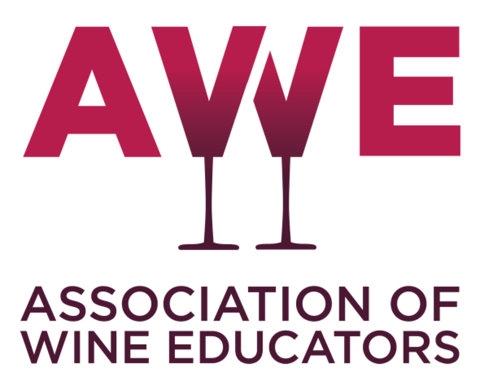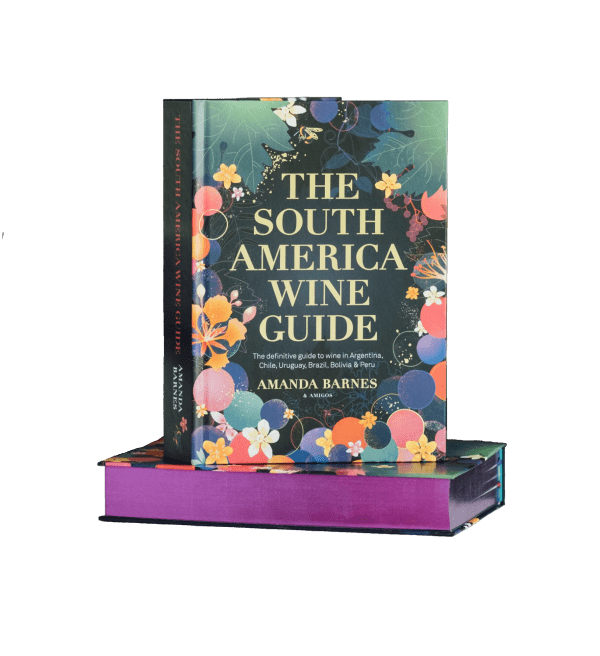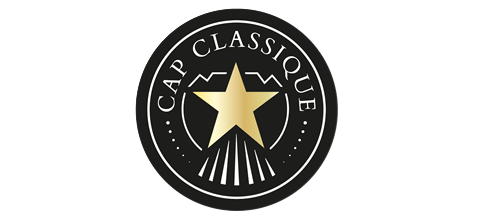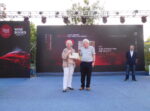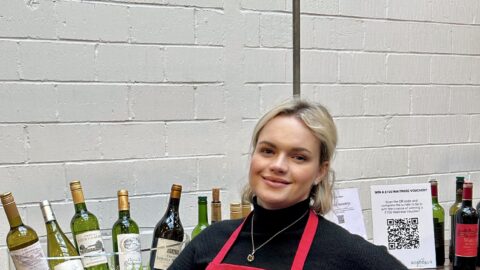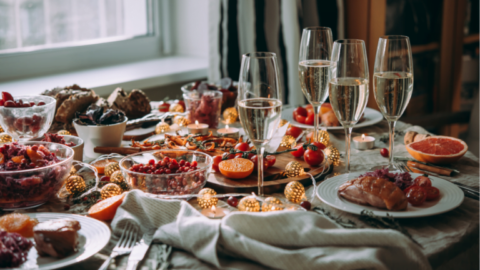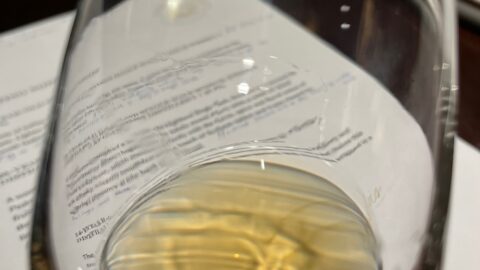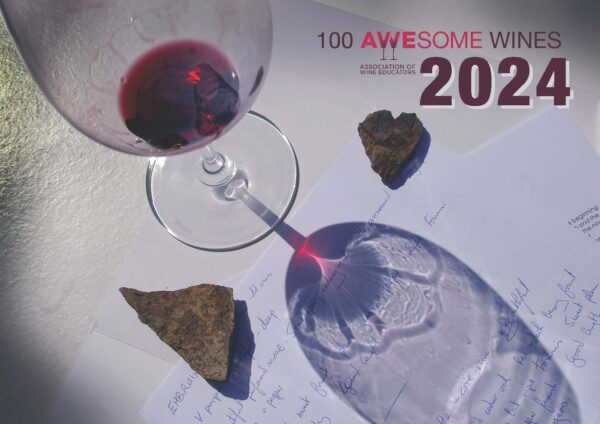I do not exaggerate when I write that Amanda Barnes’ self-published book on South American wines is one of just a handful of seriously beautiful wine books I have owned. A hefty tome, it is tactile, shiny and invites opening… once you do, the design is excellent, inviting reading or flipping through from place to place.
Superb, mainly professionally-taken photos, with all-important captions, and excellent, detailed maps leap out from the pages, along with clearly delineated text boxes. The book is, however, heavy and I fear for the binding in terms of frequent usage, so you may need to buy the E-book version as well, and you certainly will if you travel.
Amanda is a passionate romantic, no doubt, and she is also a follower of magical realism. Do not fear: the latter in no way means that she is a crazy natural wine nut, the concept is much less tangible than that and you need to read the start of her exotic preface to understand. Amanda is also supremely well qualified to write and publish this book – she studied literature and later journalism, is a fluent Spanish speaker and dedicated to her own wine studies, aiming for an MW qualification. For those who don’t know, Amanda is editor of The Circular, the Circle of Wine Writers monthly online magazine and she writes widely on South American wines for numerous publications. For the decade leading up to writing this book Amanda lived in Mendoza, travelling regularly within Argentina, over to Chile, and in the lead-up to writing the book, she visited the other wine producing countries of South America too. The final writing, editing and compiling was done during lockdown in the UK, no easy task.
I’ve owned most of the books on South American wines published in the past 20 years including member Christopher Fielden’s excellent book on South American wines, published by Faber & Faber in 2001. But so much has changed and evolved, especially in the last decade, that it was high time for a thorough update from someone on the ground.
Up-to-Date, Comprehensive and Well-written
I confess right away that I have not read this book cover to cover, far from it. But rest assured, for the wine educator, this book is ideal: packed full of up-to-date and well-written facts on grape varieties, DOs and sub-regions; details on climates and soils, as well as general overviews and a good dollop of history for each country. The lightly-written stories come thick and fast, both from Amanda herself and from the many winemakers she has met along the way.
The amount of information on wineries included in the book varies according to country and region. In some areas you will find just a short list of recommended producers. In others, you will find stories, often with direct quotes from the winemakers, which add both colour and facts, they are far from PR puffs. There is much more on producers, including their important contact details, on Amanda’s website, see below. Partly for this reason, you won’t find producers listed in the book’s index, which is restricted to grape varieties and their focus in each region.
Like many of us who love wine and indeed work in wine, Amanda has a passion for old vines, and in the case of South America, this means the Criolla varieties. She gave a fascinating webinar on the subject for the Circle of Wine Writers last autumn and is undoubtedly the world’s Criolla champion. Mentions and indeed images of ancient País in Chile, magnificent 200-year old Torrontés in Argentina, grapevines growing up peppercorn trees in Bolivia and Pisco varieties in Peru all make up an important part of the book’s story. And yes, there’s more up-to-date information written about Bolivia and Peru (as well as Uruguay and Brazil) in this book than you will find anywhere else, I feel sure.
Scattered through the book – and it takes a while to be able to navigate it properly – you will find gems of information for any wine and culinary fan, and for potential wine travellers to South America. Examples include: ‘The ultimate empanada recipe’ from the chef at Finca Adalgisa in Argentina; plenty of useful and sensible travel advice at the end of each country chapter (and sometimes regions too); a detailed look at Tannat styles in Uruguay and a discussion of the future of Tannat terroir selections; and the possibilities for viticulture on Easter Island off Chile (with currently just five hectares planted). There is much more.
The lack of comprehensive index is a shame, but there are clear instructions at the beginning as to how to navigate the book. It is designed to go hand-in-hand with Amanda’s website www.southamericawineguide.com, which acts as a portal for the huge wealth of information Amanda has amassed, and continues to add to, about the South American wine countries, regions, grapes and their producers. She is now back over there and has already updated the travel information for each country to reflect the current Covid-19 requirements.
Amanda credits her ‘amigos’ throughout the book – she considers all her work to be a partnership between her and the producers and others on the ground. There have been a stack of well-deserved good reviews on this book elsewhere including a detailed and beautifully-penned review by Tamlyn Currin on the subscriber part of JancisRobinson.com. The book has been long-listed for the André Simon Food and Drink Book Awards 2021, the short-list should be announced soon.
Please remember that Amanda is a self-publisher so buy her book direct from her website, where you will also find an E-book version available, and E-books of smaller sections.
Tags: South American wine Wine book review wine books